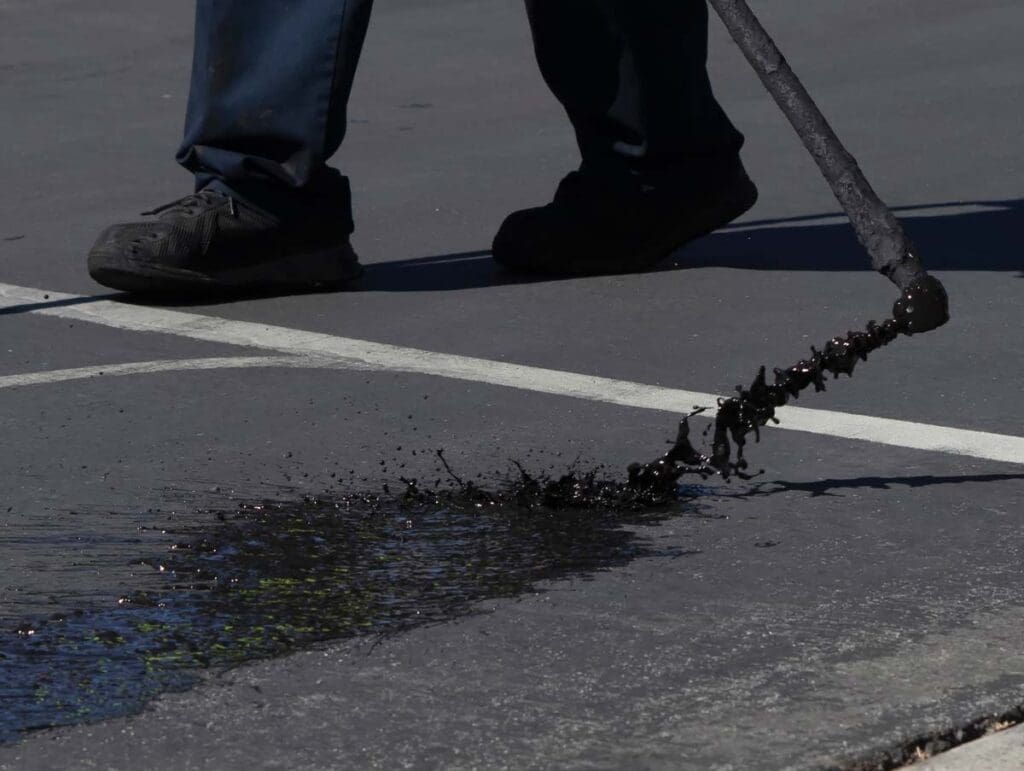Asphalt Sealcoating

What Is Sealcoating?
Sealcoating acts as a shield, safeguarding asphalt surfaces against harm triggered by oxidation, infiltration of water, and external elements that accelerate the deterioration process. Properly maintained sealcoating can significantly prolong the life of asphalt pavement and protect it from environmental factors, reducing the need for costly repairs.
How Frequently Is Sealcoating Required?
Reactive vs. Proactive Maintenance
Reactive Maintenance
- It’s a crisis-based approach
- It reflects a neglect of work responsibilities
- It causes unexpected downtime
- It produces delays in service
Preventative Maintenance
- It’s a preparation-based approach
- It reflects an organized execution of work responsibilities
- It maximizes the pavement’s lifespan
- It helps you provide a detailed report of facility management metrics
The Process
Sealcoating is a protective surface treatment applied to asphalt pavements to extend their lifespan and protect them from damage caused by UV rays, water, chemicals, and general wear and tear. The sealcoat application process typically involves the following steps:
Prepare
Edge and Tape
Apply the Sealcoat
Coat Application
Dry and Cure
Striping and Markings
After the sealcoat has cured, we reapply any lane markings, parking stall lines, and other pavement markings as needed.
The Southeast’s Premier Paving & Concrete Partner
Landmark Paving stands at the forefront of the pavement services industry, offering top-notch, maintenance-oriented pavement solutions. With two operating locations in Pensacola and Oviedo, Florida, we proudly serve clients throughout the Southeastern United States.
Our Offices:
- Pensacola
- Oviedo
